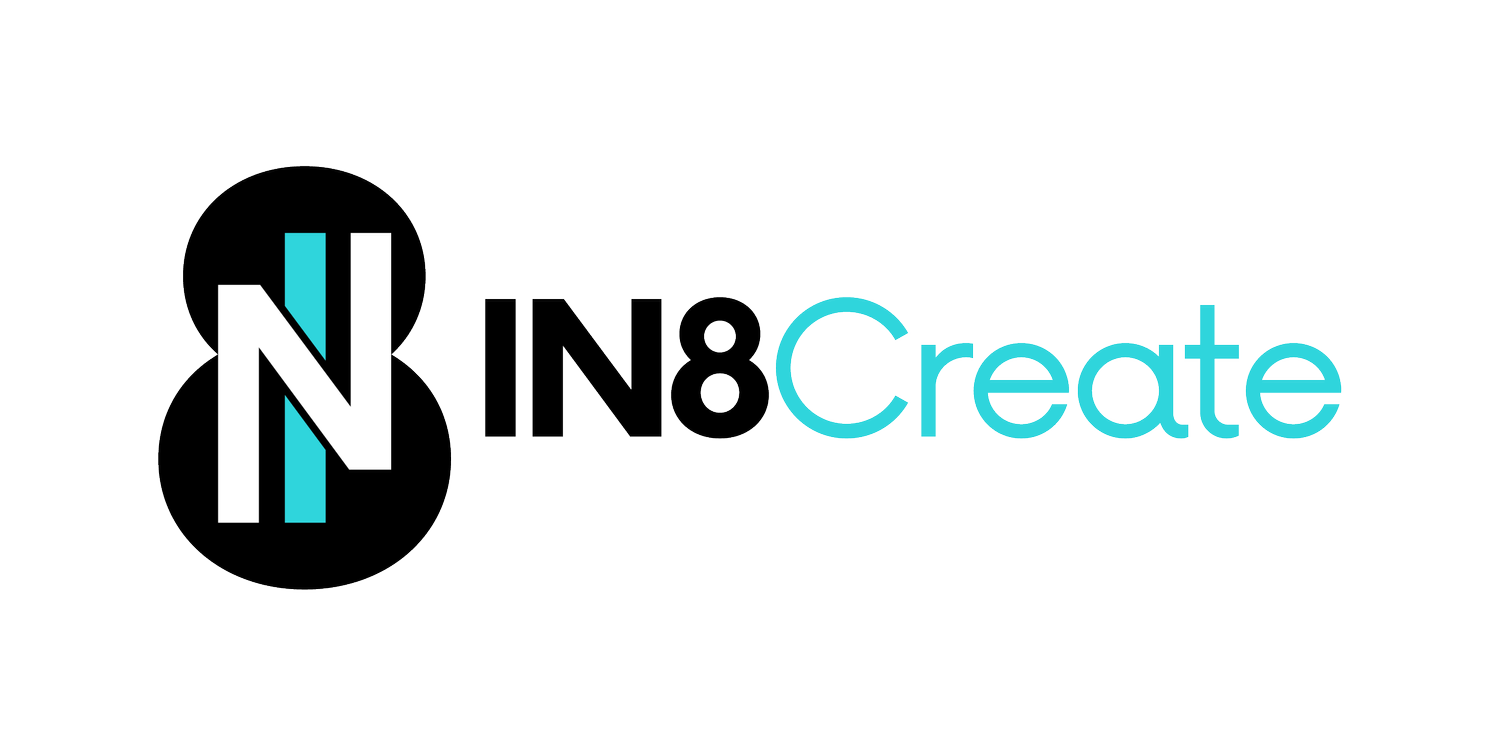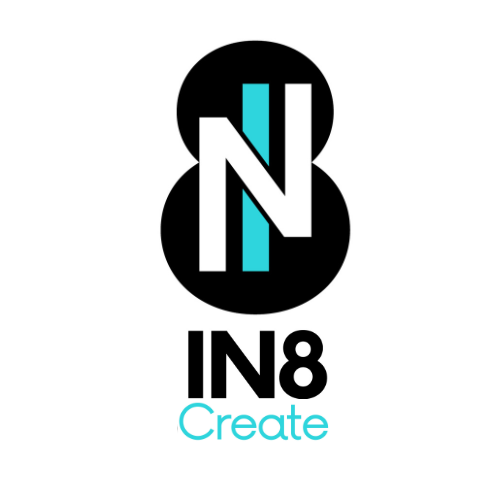Neuroscience and LEGO serious Play with David Rock’s SCARF Model
Neuroscience can teach us a lot about human behavior, and David Rock's SCARF model of threats and rewards is amazing for understanding how people work (Including ourselves!) We have a very primitive system that conducts how our brains react to physical threats and rewards. That same system reacts the SAME WAY for psychological threats and rewards.
A threat triggers an away response- we protect ourselves and may disengage, become less productive, creative, and social.
A reward triggers a towards response- we feel more engaged, excited, creative, and notice more things happening around us. Our reward circuitry gets lit up and chemicals like dopamine, serotonin, and oxytocin can be released.
David Rock has identified 5 qualities that when treated correctly, can minimize the threat response and instead enable the reward response.
These qualities are:
✅Status
✅Certainty
✅Autonomy
✅Relatedness
✅Fairness
Hence the SCARF model - an acronym. This is an area where the LEGO Serious Play method simply shines. The process allows for each of these qualities to be expressed in the reward side of the equation. By giving participants the tools and space to express themselves without competing for time or attention cuts off the threat side of the equation.
The 'S' in SCARF is for STATUS
“The soul becomes dyed with the colour of its thoughts.” ― Marcus Aurelius
Status indicates where we are in relation to others and is grounded in survival instincts as higher status individuals fare better than others when it comes to resources. This is still true today. Even if you live in a modest home in a high-priced neighborhood, the feeling of status is always comparative. In the workplace, which is a social system, not just an economic one, status can come about in many ways such as how we compare with others in our organization, our team, and in the eyes of our direct leader.
So how do we combat this primal and comparative thing?
From an organizational perspective, values can be a great starting point. Putting a high value on things like treating others with respect, being open to ideas, and collaboration skills can move status in the direction where it is helpful. The opposite is creating a competitive environment where there are winners and losers and the ultimate gauge is title and money. There can only be a few winners in this environment.
As a leader- praise is one of your best tools. By recognizing the efforts of your team you can heighten their status and trigger their reward circuitry. Also being aware of how status might be triggered during work assignments and reorganizations is critical. As an individual - Be aware of status! Understand when and how you are comparing yourself to others. We know not to do it, but we still do. Practice mindfulness, gratitude, and journal to see where your thoughts are and to center yourself on YOUR values. Be aware of what YOU value and balance your actions against yourself.
We're likely not going to get rid of status anytime soon, but if we focus on how we define status and against what values, we may use the comparative lever to become better people.
The C in SCARF is for Certainty
Imagine you are driving a car and everything is going as planned - you can easily have a conversation because your brain is on auto pilot. All of the sudden a car swerves ahead of you, and your attention is pulled and you slam on the brakes!
Uncertainty pulls our brains attention because it needs to figure out how to navigate what is coming next. I recall driving in icy conditions and having to turn the radio off because all of my focus was needed to manage the task at hand.
In teams, leaders need to help their teams manage uncertainty. Of course we cannot know or understand everything that is going to happen, but sharing goes a long way. Sharing plans, rationales for change, and clarity to organizational structure can promote a perception of certainty. Giving details on major changes, sharing the why and how decisions are made provides transparency.
Transparency builds trust, which is the foundation for certainty.
As we navigate the choppy economic seas of the moment, breeding an environment of trust and transparency can help your teams be more productive. LEGO Serious Play is a great way to unearth uncertain perceptions on your team. It’s easier to build out the things we aren’t sure of because of externalization and the playfulness of the LEGO brick.
The 'A' in SCARF is for AUTONOMY
“I don’t care if the cat is black or white, so long as it catches mice.”
-Deng Xiaoping
Autonomy is often listed as one of the top levers of employee satisfaction.
Think about it - When you have the freedom to choose, there is more control, more agency, and thus more satisfaction in how your decisions turn out. Zappos, which became famous for its high levels of customer satisfaction, gave its call center team leeway in how to satisfy customers. They were given guidelines of course, but within those guidelines they had autonomy to make their decisions.
Now imagine the opposite, you have no choice. You are simply doing what you're told. Ever been in that seat before?
It's not too comfy.
One amazing part of autonomy is the amount of people that leave the corporate space to start their own business. Most will work harder and longer hours than they ever did before, but will reveal a better work/life balance and overall satisfaction…due to autonomy.
Give people room to decide and they will take ownership in that decision. Take that away and they won't care about the results.
The 'R' in SCARF is for RELATEDNESS
Part of collaboration is based on feelings of trust and empathy. Those feelings can depend on if we view people as part of the same social circle. Work is absolutely one of those social circles.
This pattern can be observed in areas such as:
Sports -The "other" team is viewed with negative perceptions, even though you've never met them
Organizations - The "other" team again, but instead it's those dummies in marketing, sales, engineering, or any other department that doesn’t get it.
Neighborhoods - The "other" side of town
When we get to know people and build trust and empathy, we begin to secrete oxytocin, a hormone that disarms the threat response. On the flip side, the threat response is heightened when we feel lonely or cut off.
This can be serious for the companies that don't make time for social connection. It doesn't matter if teams are fully remote, hybrid, or in person - if people don't feel a sense of relatedness towards their team, their work with others will be negatively impacted.
The sooner we can view our team as teammates, the better we work together. Doing team building and taking time to get to know one another as part of the work day is one way to amplify relatedness, and it’s even made easier if you bring play (and LEGO Serious Play) into the equation.
Get to know each other, preferably in person (Even if monthly, quarterly, or annually).
Make time - The better the connection the better the collaboration.
The 'F' in SCARF is for FAIRNESS
People hate it when we see something unfair. Cheating, doping, cutting in line. Think of the many athletes that have fallen from high places. People like Lance Armstrong, Barry Bonds, or the Houston Astros.
As a society, fairness is one of those things that makes almost everyone furious - and for good reason - for us to cooperate as a society, we need to see a certain level of fairness.
“Studies conducted by Matthew Lieberman and Golnaz Tabibnia found that people respond more positively to being given 50 cents from a dollar split between them and another person than to receiving $8 out of a total of $25." -Managing with the Brain in Mind - David Rock
How does fairness show up in the workplace?
It's all about the perception of how people are treated:
Did someone get that promotion because of who they were related to?
Did someone get passed over for that assignment because the boss picked their buddy?
Are some people rarely heard because they are not pushy extroverts?
One way to help influence the perception of a fair environment is transparency.
Be transparent with how decisions are made -Before and after
Be transparent with what it will take to get that promotion
Be transparent with the trajectory of the organization - in good and bad times
LEGO Serious Play is a fantastic method for fairness as people build their thoughts out of LEGO bricks and each person gets their time to share. It's fair all around.
Pulling it together. Most issues of workplace challenge, discord, engagement, and quiet quitting can be addressed via David Rocks' SCARF model of:
STATUS
CERTAINTY
AUTONOMY
RELATEDNESS
FAIRNESS
This tool simply provides a mental model with which to view your workplace frameworks, decision process, and operating model, all with people at the center.
If your values include aspects like trust, transparency, and openness, the SCARF model is appropriate for you. Some of the best advice I received early in my leadership journey was that no one shows up to work wanting to do a bad job. Give people the space, tools, and time to use their talents.
My biggest takeaway from the SCARF model is that the workplace is not just an economic relationship, but a social one as well. With that comes a multitude of complexities. The better we understand the complexities of social interaction, the better our teams can connect and perform.
Try a LEGO Serious Play workshop to promote the reward circuitry of the SCARF model in your teams today!



